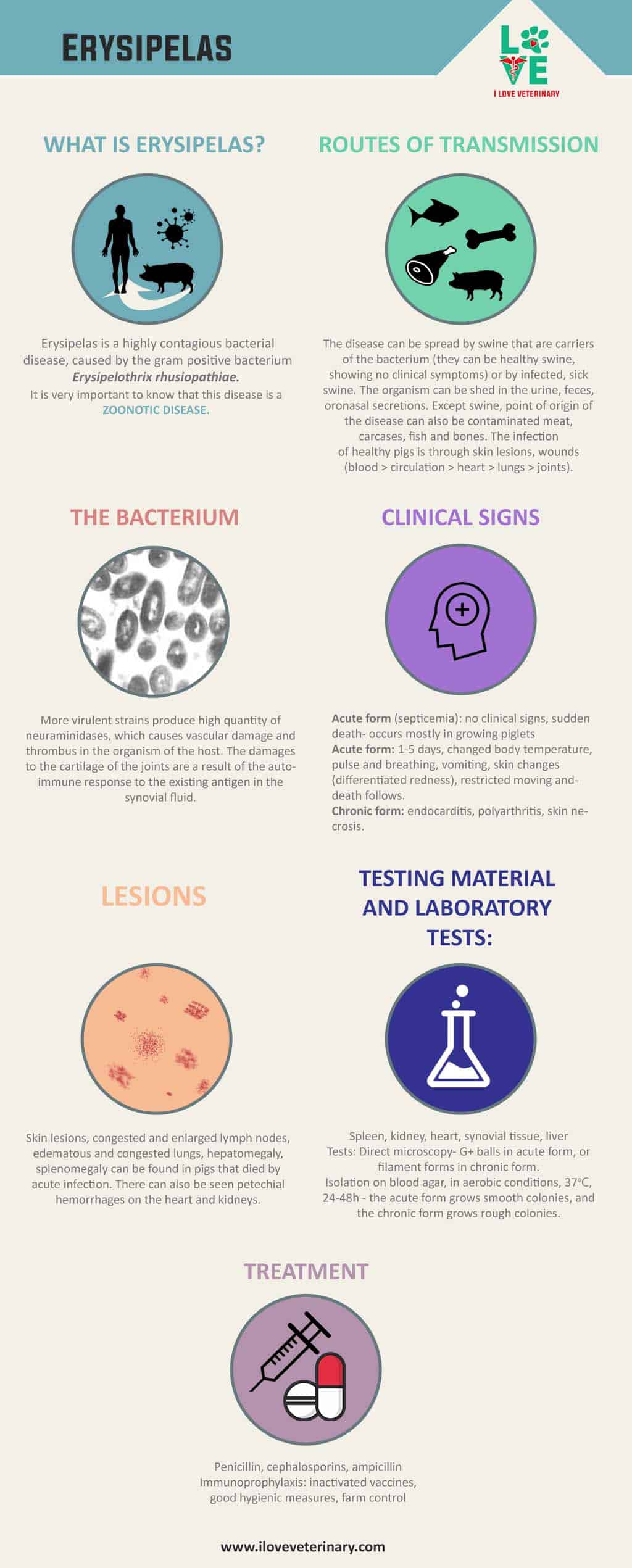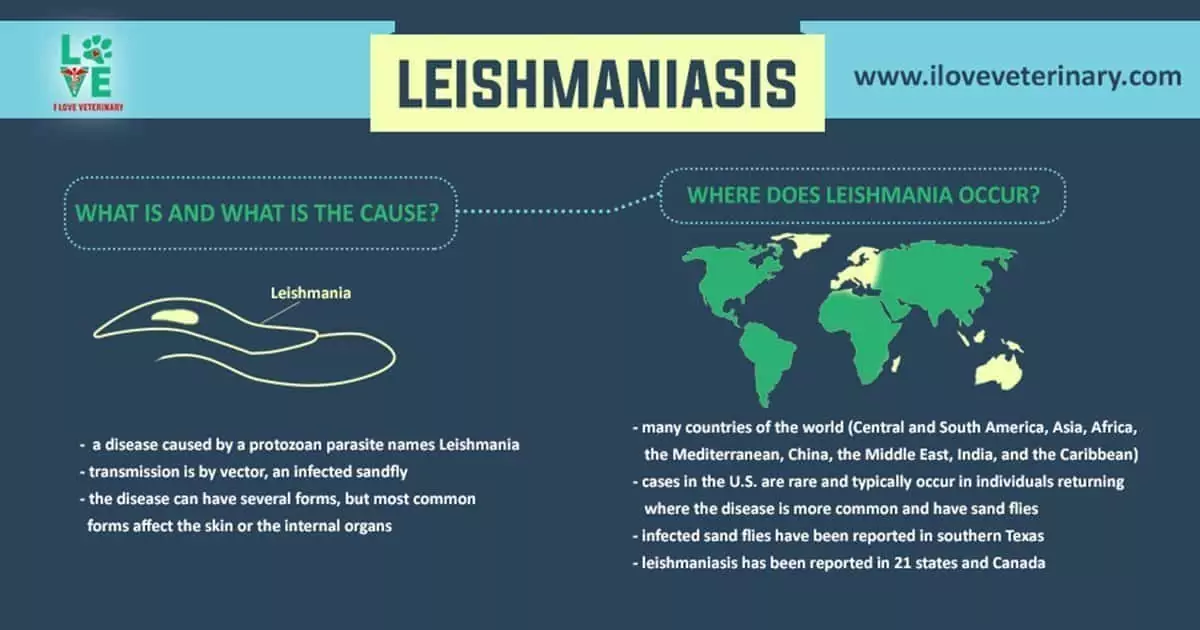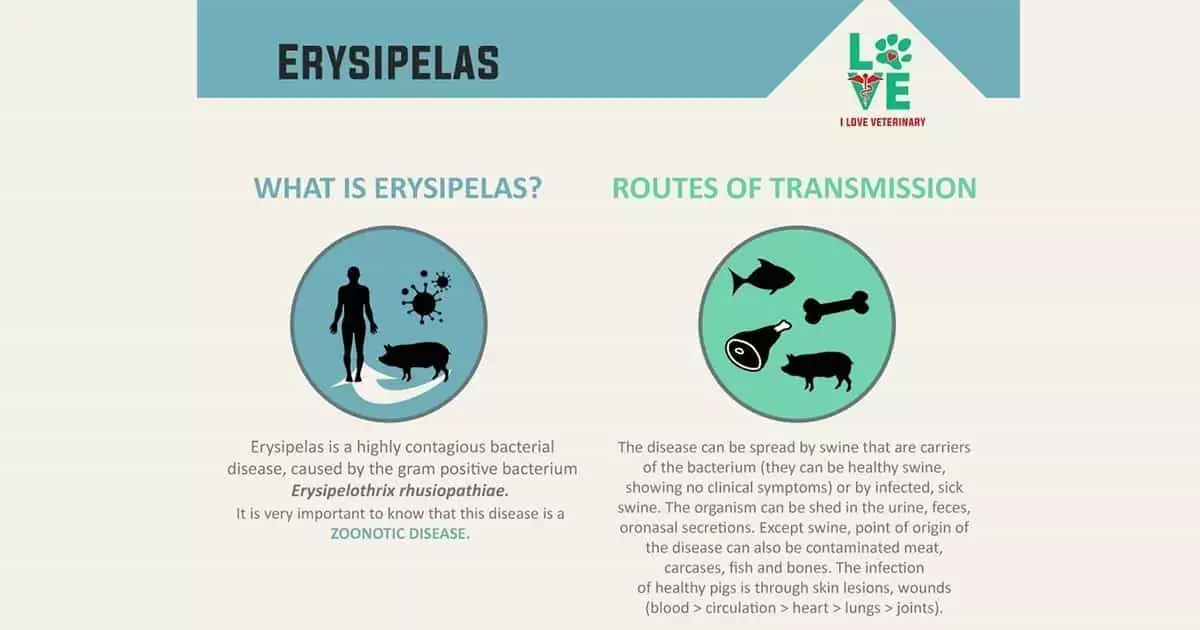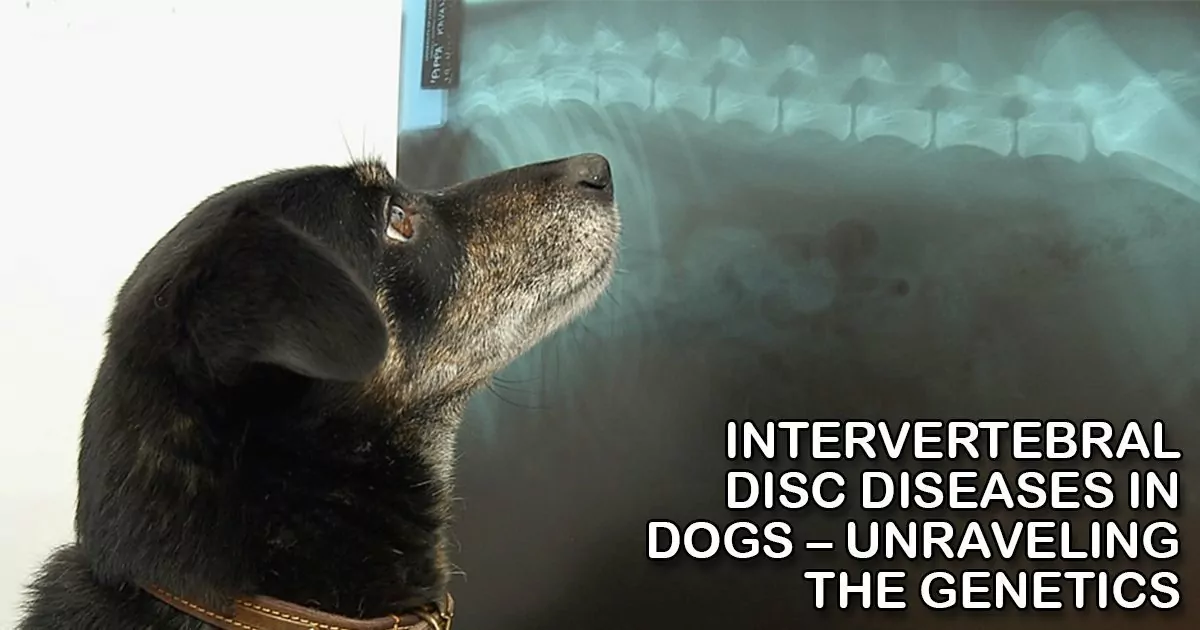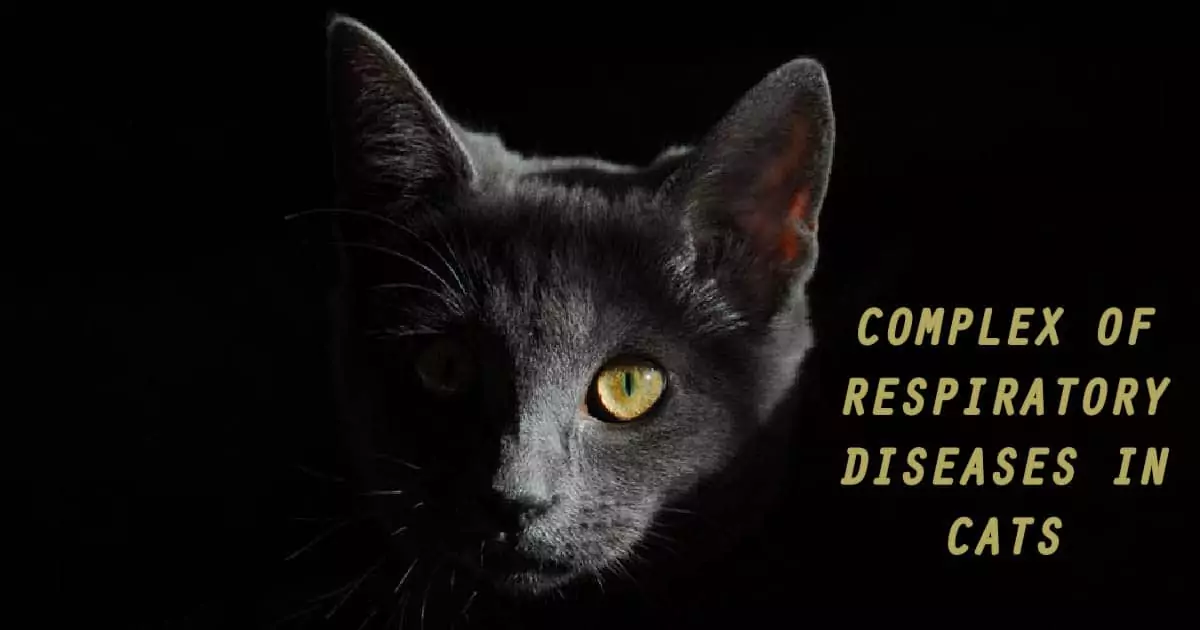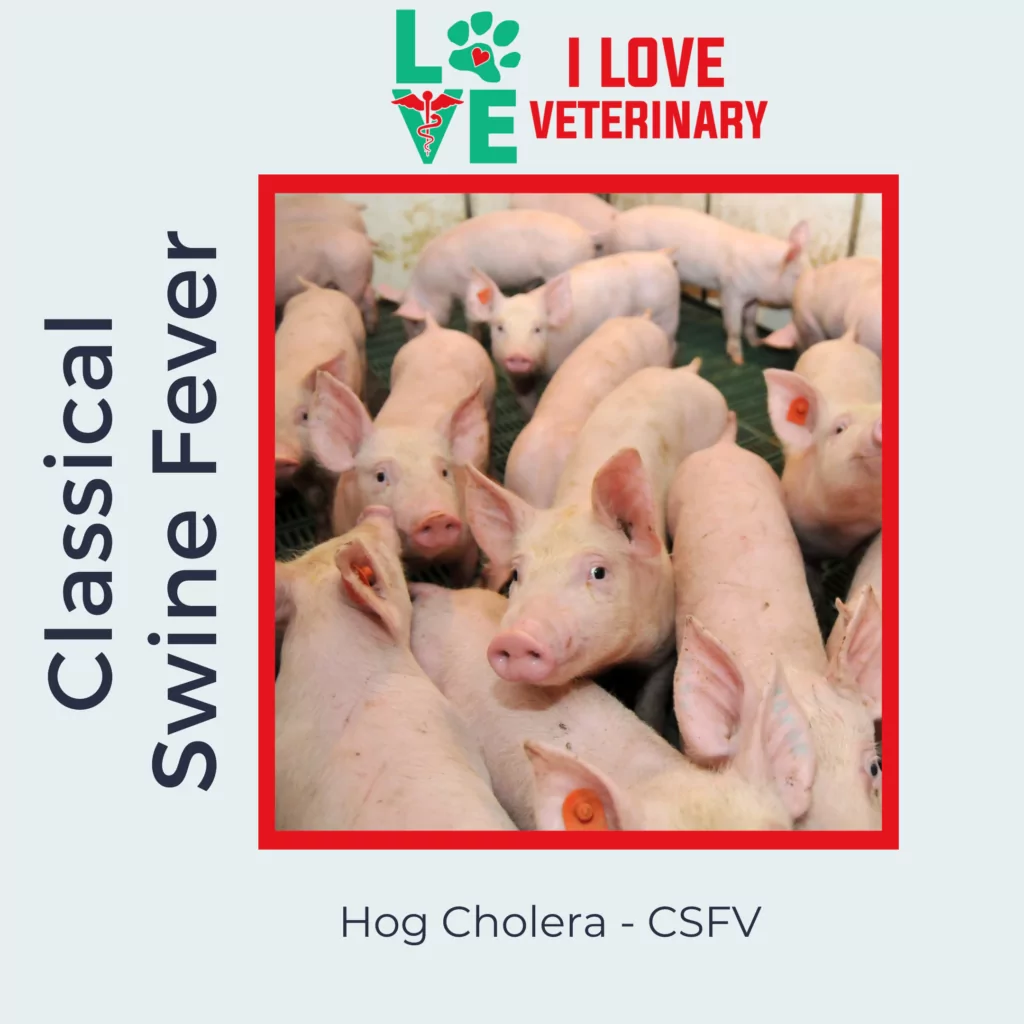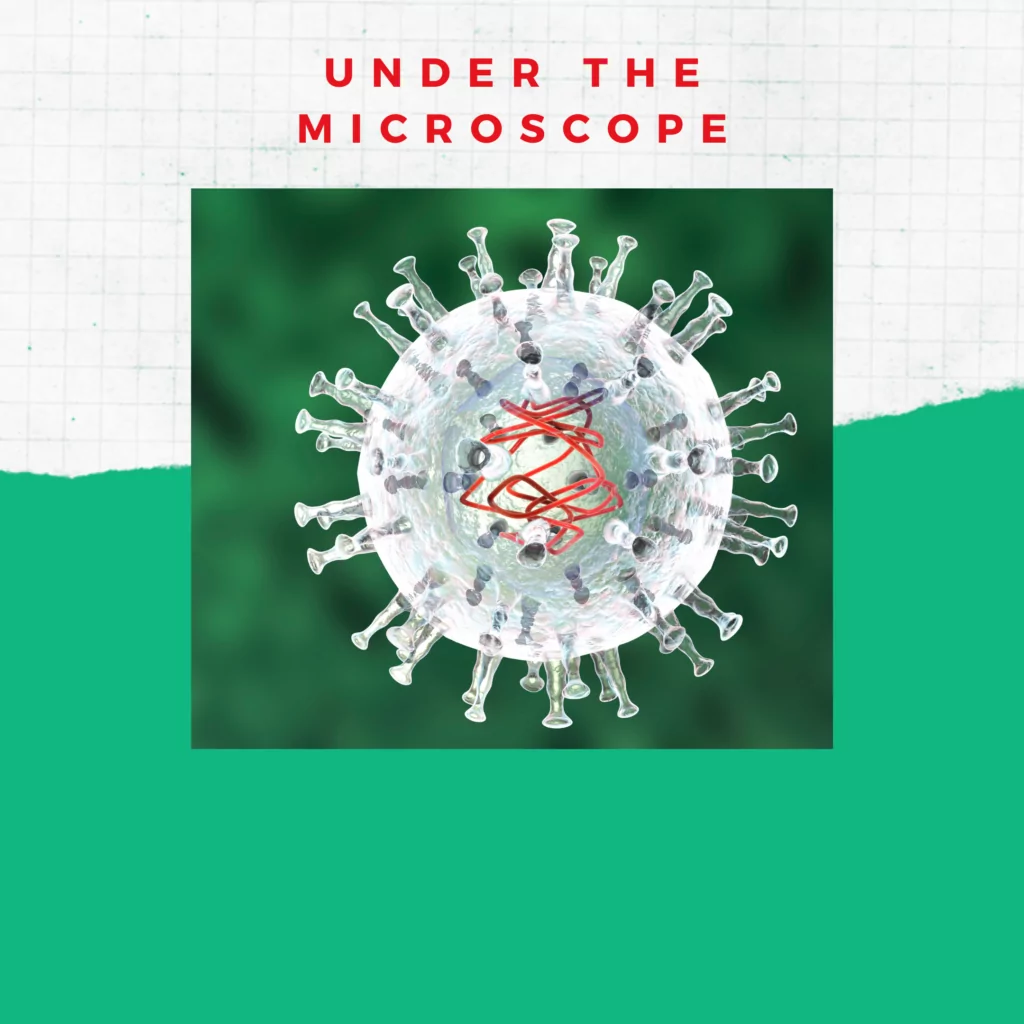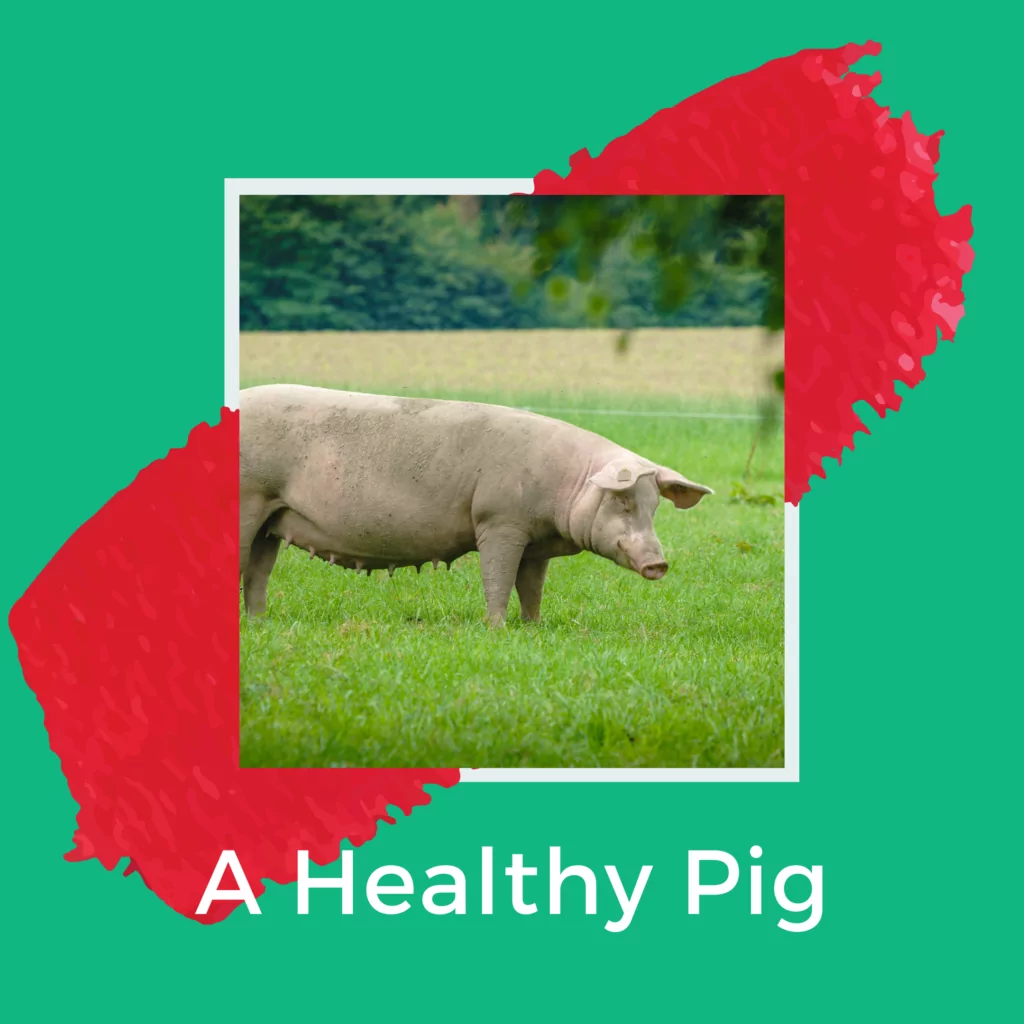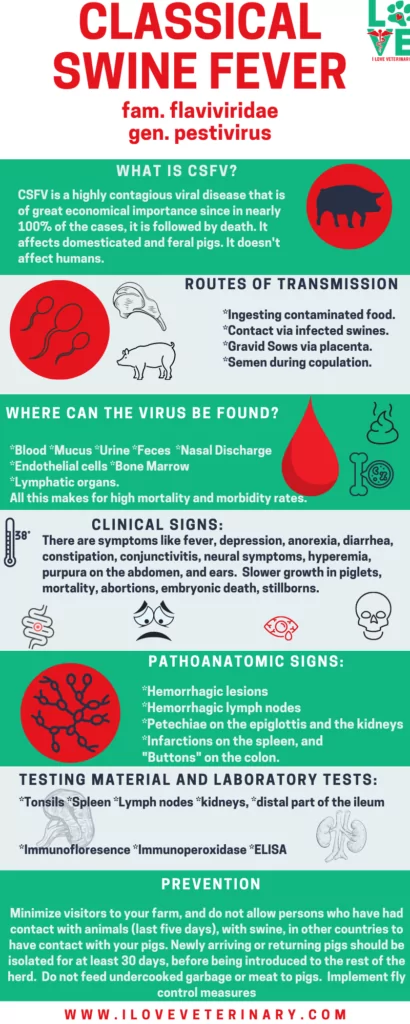What is Swine Erysipelas?
Swine Erysipelas is a severely contagious disease that results from an infection caused by the Erysipelothrix rhusiopathiae bacterium. As much as 50% of the pig population carries this virus, and it is therefore impossible to completely eliminate it from a herd. The disease is commonly found in the tonsillar tissue of the swine.
It is crucial to understand that erysipelas is zoonotic – meaning that it can be passed from an animal to a human.
Erysipelas is also a common cause at abattoirs when it comes to carcass condemnation. You can also read more about the African Swine Fever on our blog.

Common Causes
- Damp, and dirty pens with a build-up of feces that is not maintained regularly.
- Feeding systems that are wet, are excellent breeding grounds for germs.
- Pens that are not regulated with an all-in, all-out system, to allow for adequate disinfection.
- Contaminated water systems and feed-backs.
- Sudden temperature changes in the environment – especially warmer conditions
- Changes in the diet that are done too quickly and not facilitated at a gradual pace.
- Parasitic burdens.
- Investing in animals that have not been vaccinated, puts the whole herd at risk.
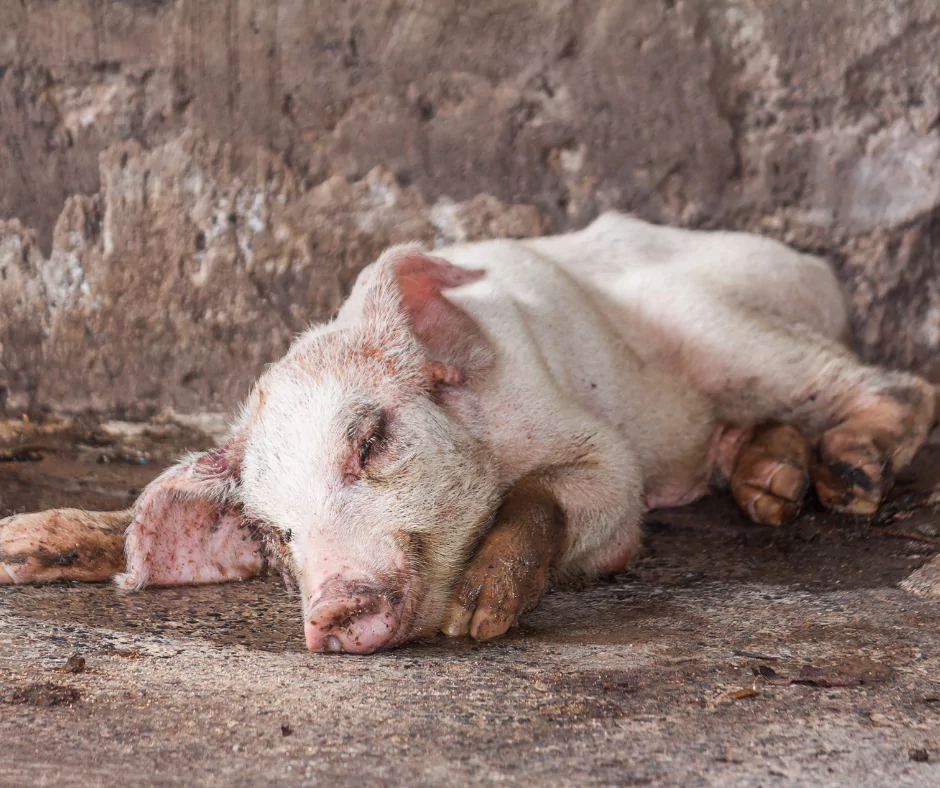
Methods of Transmission of Swine Erysipelas
The disease is transmitted via the secretion of feces, urine, or oronasally (saliva) from one pig to the next. It can even penetrate the skin from lesions
Other species from the animal kingdom such as birds and other mammals, can also play a part in the transmission of this disease via contaminated soil and slurry.
Even though a pig can be a carrier of the disease, it is quite possible that this carrier won’t even show any clinical signs or symptoms thereof.
The disease can be transmitted via other means as well such as contaminated meat, carcasses, bones, and fish.
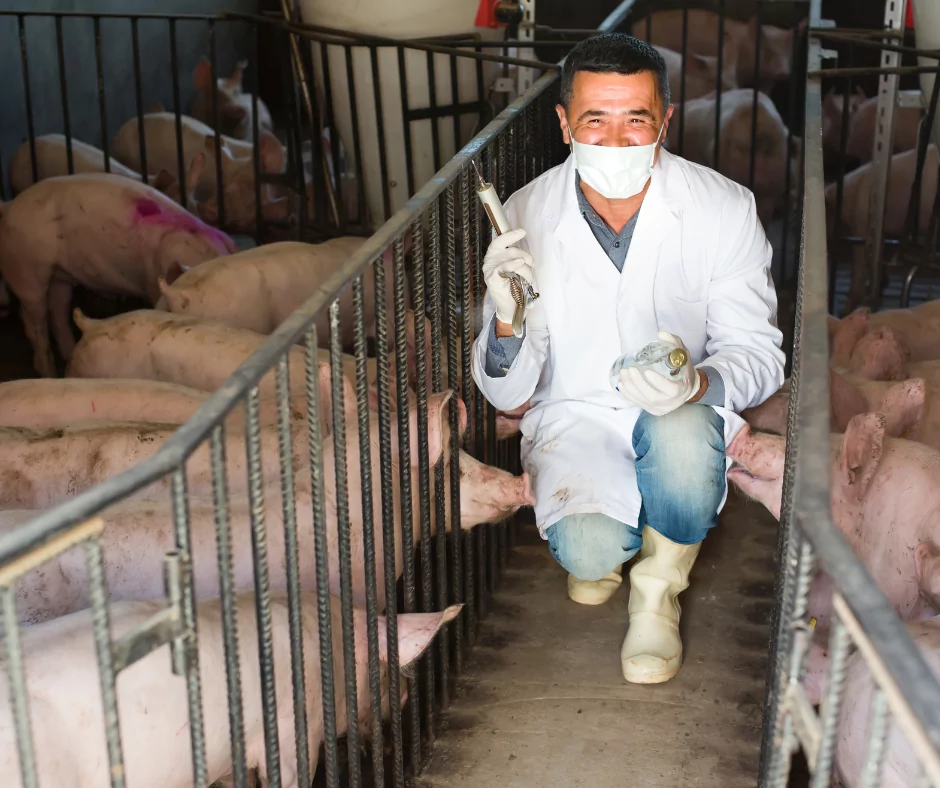
Detection and Clinical Signs of Swine Erysipelas
It is found that the swine erysipelas disease can either be chronic or acute in nature. Chronic outbreaks can embody characteristics such as; enlarged joints and lameness. And acute outbreaks (that normally sprout from chronic outbreaks) can take on forms such as sudden deaths, febrile episodes, lack of appetite, sore joints, and a variety of lesions on the skin.
Both the chronic and acute occurrences can have a recurring or a once-off appearance. Stressful conditions such as extreme heat, whilst being transported can also play a part in the development of the disease. Pigs won’t be able to stand up without assistance and might want to lie back down again. Thirst and starvation (by the pigs themselves) have been observed in previous cases, with the affected swines seeking cool and wet conditions to try and eliminate the ill-feeling being experienced.
Pigs that have been infected will die suddenly, become dull, and will have a fever between 106 ℉ – 109℉. Accompanying all of these occurrences will be a crimson flush on the pig’s skin. Infected swines will also display reluctance to move.
The onset of diamond-shaped lesions on the skin, especially behind the ears, will start to manifest within 48 hours after the infection has occurred. Pregnant sows might abort their piglets.
There is a good chance of an infected animal recovering completely, however, the prevalence of necrotic tissue, loss of the tips of the ears, and sore, hot, and painful joints should not be disregarded. Lameness might occur, but the limbs will firm up again within 2 weeks. Even after a full recovery heart murmurs and congestive heart failure should not be ruled out as a primary cause of death.
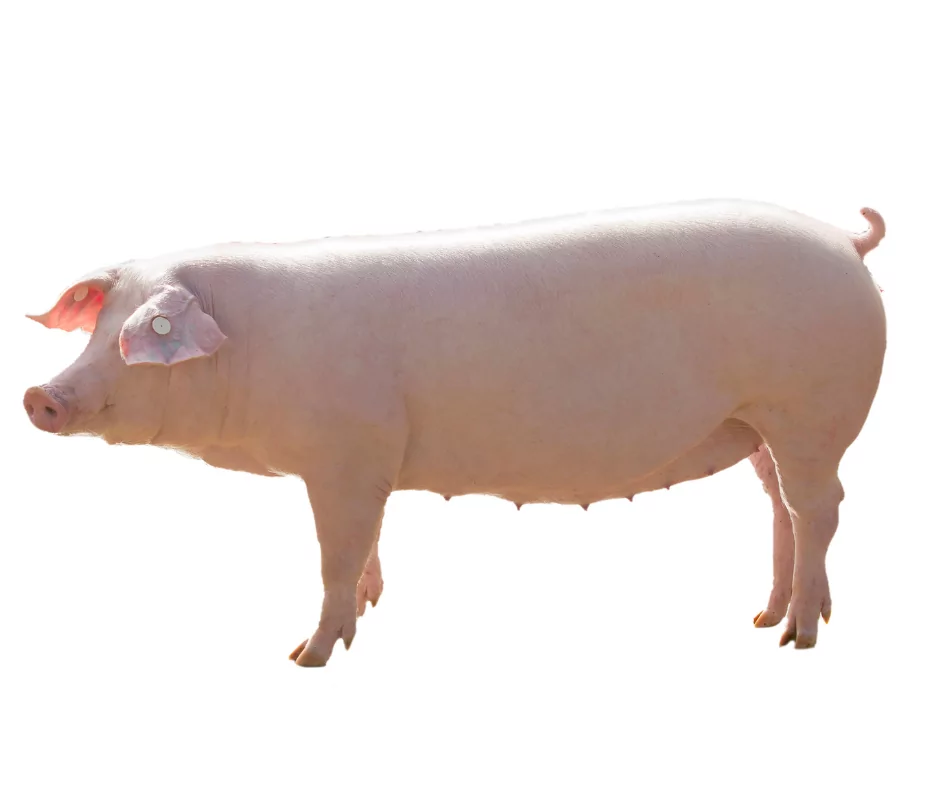
Other clinical manifestations include:
- Arthritis
- Cutaneous Erythema
- Endocarditis
- Septicemia
Available Treatment Options
Long-acting Penicillin injections have shown to be an effective treatment that yields rapid results, in terms of the recovery process.
Any pens, dens, and other bedding and living spaces should be disinfected and properly cleaned with immediate effect.
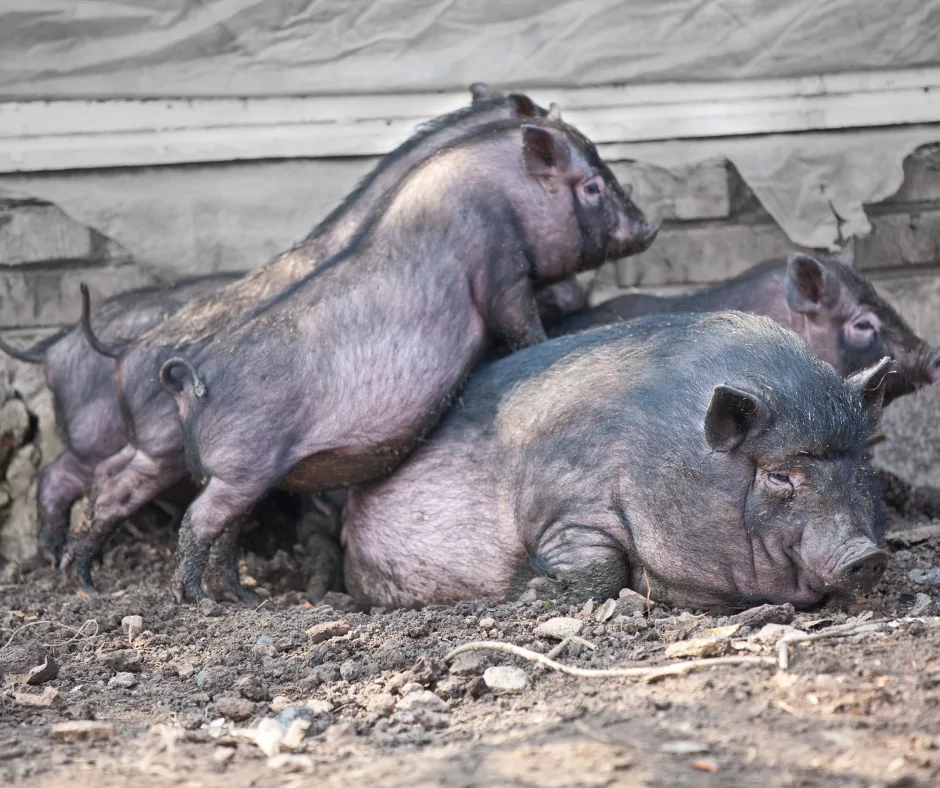
Preventative Measures against Swine Erysipelas
Routine and scheduled vaccines against the E rhusiopathiae have proven to aid in the prevention of the illness. The conditions and times of vaccination are unique to every farm and should be carefully monitored and planned around suspected outbreaks before they occur.
The possibility of adequate and regular vaccines have been known to fail, due to the lack of adequate stress management on swine farms. Stress can severely compromise the overall health of pigs.
Lastly, frequent sanitation exercises and good hygiene practices are also great methods in curbing the swine erysipelas virus.
Key Takeaways
- Enforce a regular round of preventative vaccines to combat the disease.
- Do not purchase pigs that have not been vaccinated, or this can compromise the health of the entire herd.
- Ensure pens and houses are disinfected on a regular basis.
